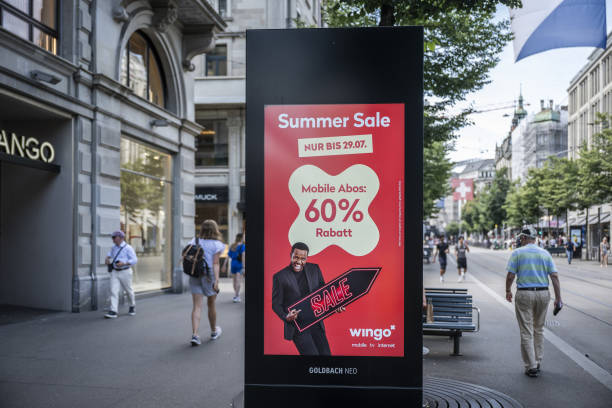Eco-Friendly Direct Marketing: How to Go Green Without Losing Impact

Eco-friendly practices are no longer optional for businesses—they’re a necessity in today’s marketing landscape. Adopting sustainable approaches in direct marketing not only aligns with consumer values but also enhances brand reputation and long-term profitability. This guide explores how businesses can embrace green initiatives in direct marketing without sacrificing impact.
1. Use Recycled and Sustainable Materials
One of the simplest ways to go green is by choosing eco-friendly materials for direct mail campaigns. Consider these options:
- Recycled Paper: Opt for paper made from post-consumer waste to reduce environmental impact.
- Soy-Based Inks: Replace traditional petroleum-based inks with soy-based alternatives that are less harmful to the environment.
- Minimal Packaging: Reduce excess packaging to minimize waste.
2. Implement Digital-First Strategies
Shifting some marketing efforts to digital platforms can significantly reduce your carbon footprint while maintaining strong engagement. Ideas include:
- Email Campaigns: Use personalized, targeted emails to replace some printed mailers.
- QR Codes: Incorporate QR codes in physical mail to direct users to digital content, reducing the need for lengthy print materials.
- Social Media Integration: Leverage social platforms for cost-effective and eco-friendly audience engagement.
3. Optimize Targeting and Distribution
Reducing waste starts with ensuring your marketing materials reach the right audience. Strategies include:
- Data-Driven Targeting: Use analytics to focus on high-value leads, reducing unnecessary mailings.
- Geofencing: Target audiences within specific locations to minimize distribution inefficiencies.
- Opt-In Campaigns: Encourage customers to opt in for mailers, ensuring materials are only sent to interested parties.
4. Highlight Your Sustainability Efforts
Transparency about your eco-friendly practices can enhance customer loyalty and brand image. Consider these approaches:
- Sustainability Messaging: Include a statement about your green initiatives on your marketing materials.
- Eco-Certifications: Display certifications like FSC (Forest Stewardship Council) or Green Seal on your mailers.
- Customer Education: Share tips on how recipients can recycle or reuse your materials.
5. Measure and Offset Your Carbon Footprint
Understanding and offsetting the environmental impact of your campaigns is a critical step in sustainable marketing. Steps include:
- Carbon Calculators: Use tools to measure the emissions associated with your marketing efforts.
- Offset Programs: Partner with organizations to offset emissions by supporting renewable energy or reforestation projects.
- Continuous Improvement: Regularly review and update your practices to minimize environmental impact.
6. Real-Life Example: Foxflyer
Foxflyer (foxflyer.com) exemplifies eco-friendly direct marketing. By using recycled materials, integrating digital-first approaches, and transparently sharing their sustainability practices, they’ve achieved impactful results while reducing their carbon footprint. Their campaigns resonate with eco-conscious audiences, driving engagement and loyalty.
Conclusion
Eco-friendly direct marketing is not only good for the planet but also for your business. By adopting sustainable materials, leveraging digital tools, and optimizing targeting, you can create campaigns that align with modern consumer values without compromising effectiveness. To learn more about sustainable marketing strategies, visit Foxflyer today.










